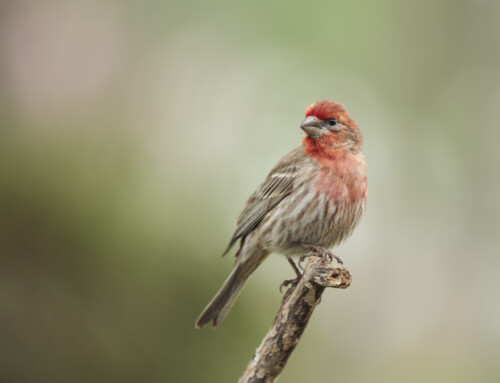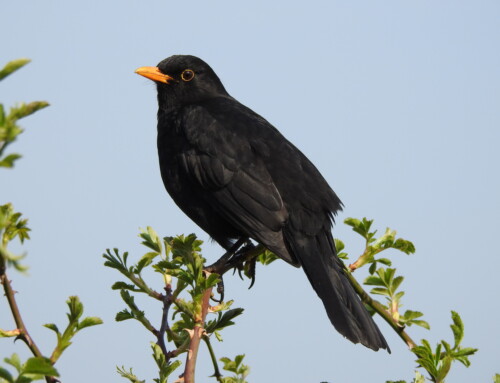A report from a BOU-supported ECR at IOCongress2018

The size of a greenspace is the most important predictor of urban bird diversity
RIGHT: a Long-billed Corella, a bird frequently seen in urban greenspaces in Sydney, Australia © Corey Callaghan
LINKED PAPER
The effects of local and landscape habitat attributes on bird diversity in urban greenspaces. C.T. Callaghan, R.E. Major, M.B. Lyons, J.M. Martin & R.T. Kingsford. 2018. Ecosphere 9(6):e02347. DOI:10.1002/ecs2.2347. VIEW
The species-area relationship is one of the most longstanding ecological theories known, most frequently demonstrated among islands. Urban greenspaces are a unique form of an ‘island’, somewhat of an ‘oasis’ within an urban matrix, these urban greenspaces can host large numbers of birds, sometimes even threatened species (Ives et al. 2015).
We were interested in answering the question of what predicts bird diversity in urban greenspaces. Is size the most important predictor, or is it related to the habitat? We were also interested in answering this question using many urban greenspaces with a broad representation, globally. We turned to citizen science data! Citizen science data provides value for answering ecological questions within urban areas. Citizen science data can provide comparable biodiversity estimates when compared with professional data (Callaghan et al. 2018), and we also estimated how many surveys from citizen scientists are necessary to fully sample a greenspace’s bird community (Callaghan et al. 2017). Birdwatchers using eBird submit lots of bird lists, many of which come from their local “patch” – and many of these patches are located in urban areas. We took advantage of this dedication by eBirders to address some longstanding questions of urban ecology.
Urban greenspaces are widely defined, but we defined a greenspace in our analysis as a distinct area of vegetation within the city limits that was completely surrounded by urban area and easily delineated on all sides. Therefore, it couldn’t be adjacent to large natural areas or water bodies. We searched a global list of the world’s largest cities and the urban greenspaces within. Based on our previous research, we investigated urban greenspaces with at least 250 submitted eBird checklists, and ended up with a total of 112 greenspaces from 51 cities. We then assessed a suite of potential explanatory variables relating to both the patch and the surrounding landscape, including the percent of water cover, percent of tree cover, and the size (area) of the greenspace.

Click here for larger view.
Above all else, the area of the greenspace was the most important predictor of bird diversity (Figure 1). The larger the greenspace, the more species were present, and this was the case for both landbirds and waterbirds. Moreover, the attributes of the local environment were more important than those of the broader landscape: the amount of water and tree cover within a greenspace was generally more important than the water and tree cover within the surrounding landscape. Unsurprisingly, we also found that waterbirds were most strongly associated with the percent cover of water in a greenspace while landbirds were most strongly associated with the percent cover of trees (Figure 2).

Click here for larger view.
Urban greenspaces have many uses, a lot of which are focused on active human recreation. However, we should acknowledge that both birds and birdwatchers also frequent urban greenspaces, and it is therefore important to understand how to best protect and design the richest urban greenspaces – both for bird diversity and human use. Our results suggest that as urbanization continues, future developments should set aside large urban greenspaces as these are most valuable for urban birds. And eroding large greenspaces for transport or other infrastructure is likely to erode their biodiversity value. We also demonstrate the power of broad-scale empirical datasets, collected by citizen scientists, for answering urban ecological questions.

Blog posts express the views of the individual author(s) and not those of the BOU.
If you want to write about your research in #theBOUblog, then please see here.





